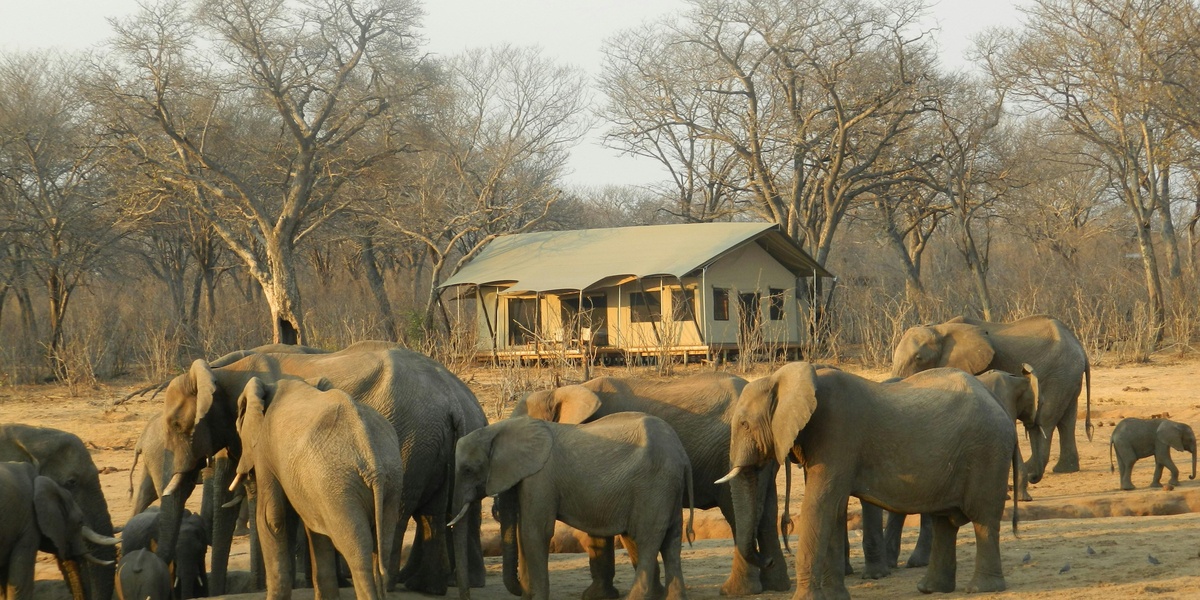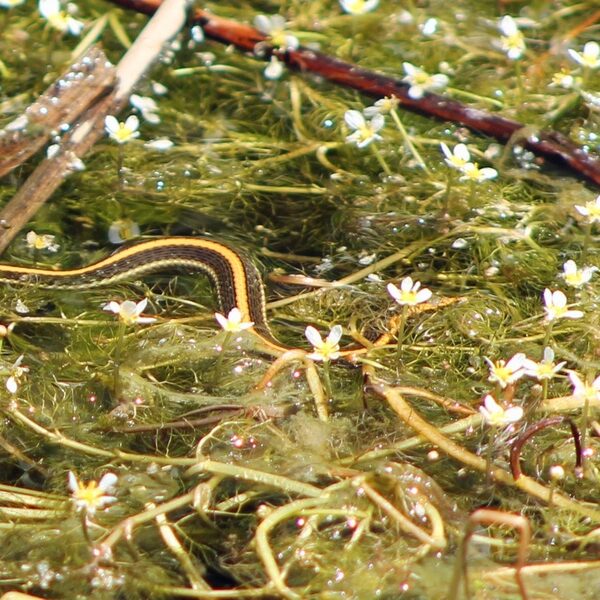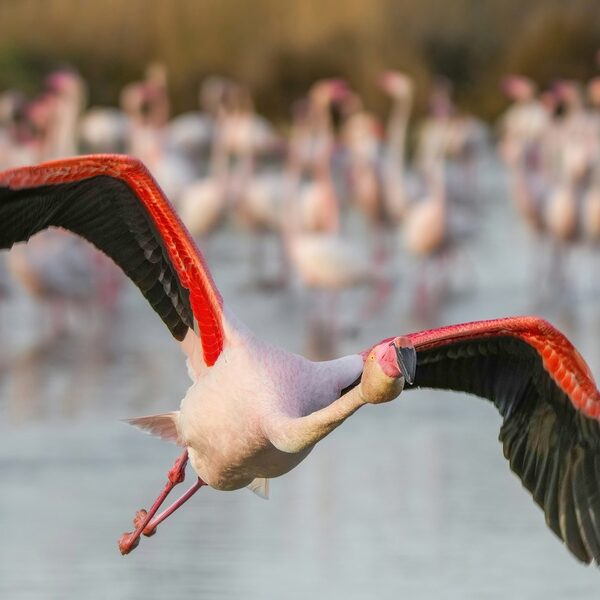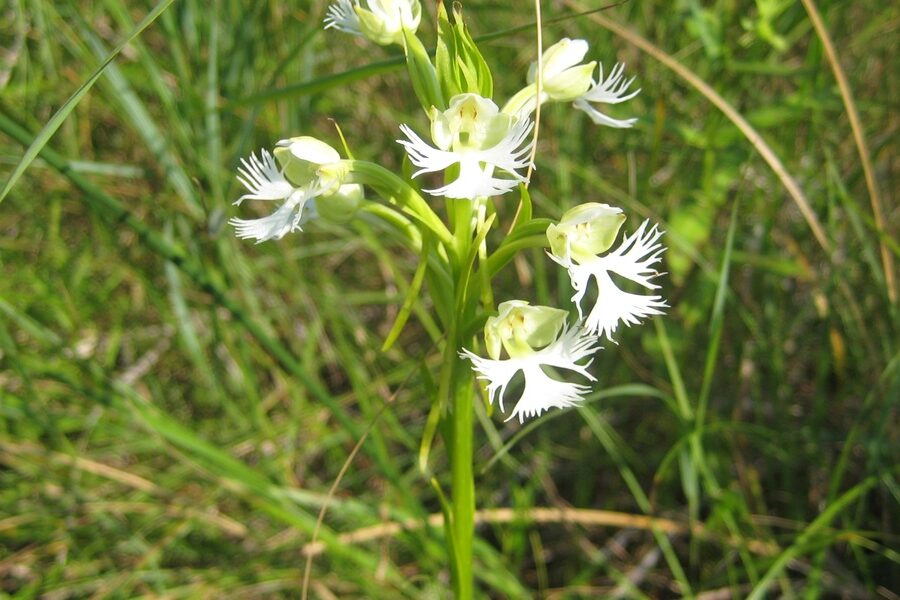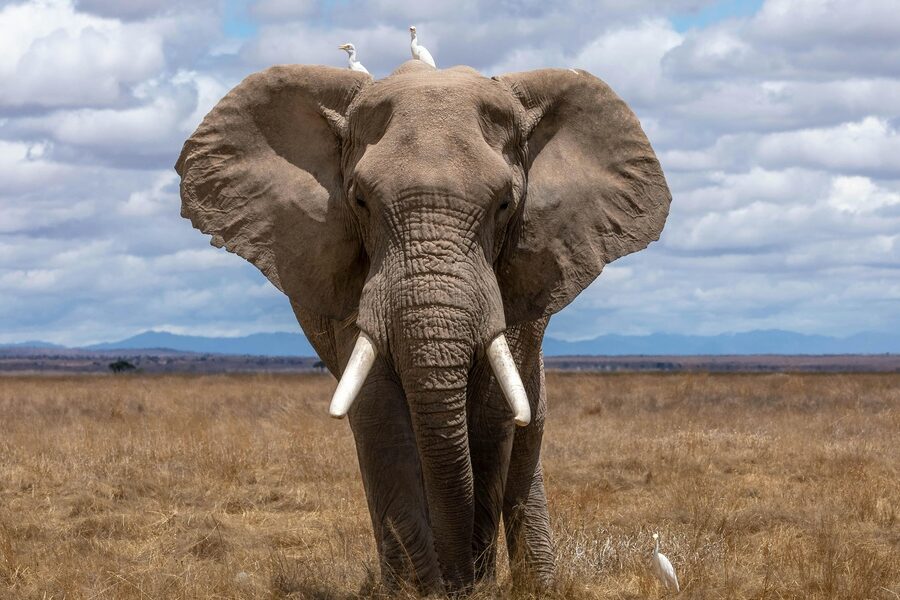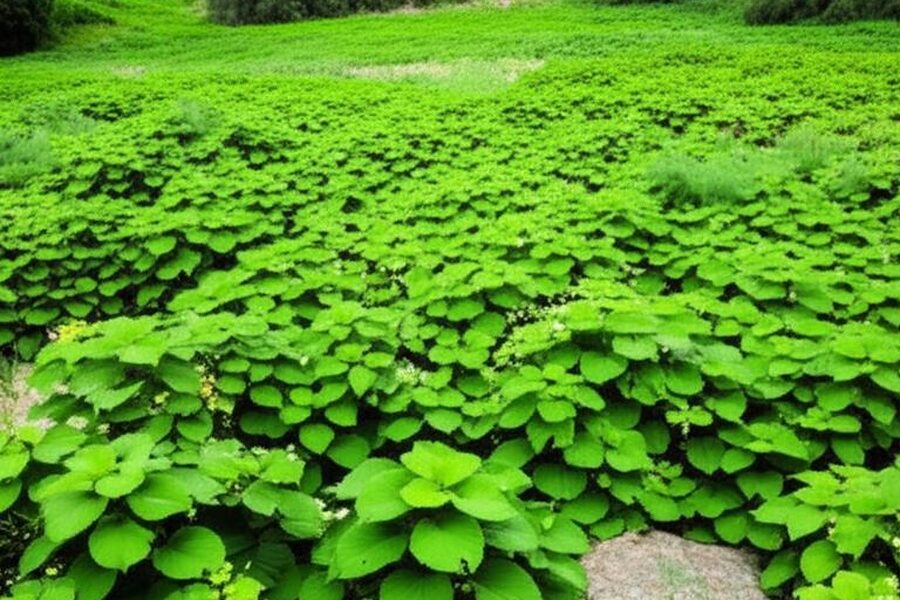Zimbabwe’s varied landscapes—from the Eastern Highlands and miombo woodlands to riverine wetlands—support a range of habitats that host uniquely local wildlife. Field surveys and museum records point to species tied to specific rivers, ridges and forest patches across the country.
There are 6 Animals Only Found in Zimbabwe, ranging from Bundi River Reedling to Zulu Flat-backed Millipede. For each species you’ll see Scientific name,Range & habitat,Conservation status listed so you can quickly check where they live and how threatened they are; you’ll find below.
How confident are researchers that these species exist only in Zimbabwe?
Endemism is determined from repeated records, habitat specificity and the absence of verified sightings elsewhere; some species are well-documented while others are known from very few specimens, so research and surveys continue. Check up-to-date sources like IUCN assessments, regional checklists and recent field studies for the latest range information.
What can visitors or locals do to help protect these endemic animals?
Support and respect protected areas, report unusual sightings to local conservation groups or citizen-science platforms, avoid disturbing sensitive habitats, and back organizations working on habitat restoration and species monitoring—practical local action and better data both reduce extinction risk.
Animals Only Found in Zimbabwe
| Name | Scientific name | Range & habitat | Conservation status |
|---|---|---|---|
| Cave Squeaker | Arthroleptis troglodytes | Chimanimani Mountains; deep crevices and caves in montane forest and grassland. | Critically Endangered (IUCN), highly vulnerable to habitat disturbance from mining. |
| Bundi River Reedling | Mesocnemis tisi | Vumba Mountains; pristine, fast-flowing, forested rivers like the Bundi River. | Critically Endangered (IUCN) due to its extremely restricted range and habitat threats. |
| Vicki’s Featherleg | Allocnemis vicki | Eastern Highlands; small, clear, shaded streams in montane forests. | Endangered (IUCN), threatened by deforestation and stream degradation. |
| Handman’s Blue | Zintha hintza handmani | Vumba Mountains; montane grasslands and forest edges. | Not formally assessed, but considered rare and localized due to habitat loss. |
| Zulu Flat-backed Millipede | Zinzius zulu | Eastern Highlands; leaf litter in Afromontane forests. | Not assessed, but its restricted range makes it vulnerable to habitat destruction. |
| Colossal Finger-foot Millipede | Spinotarsus colosseus | Eastern Highlands (Nyanga); montane forest floor and under logs. | Not assessed, but likely threatened by habitat degradation in its small range. |
Images and Descriptions
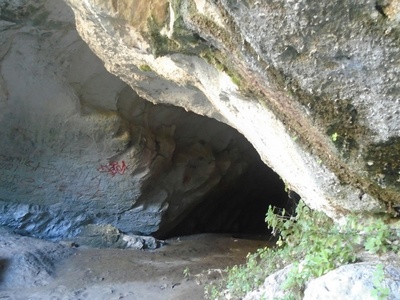
Cave Squeaker
A tiny frog, growing to only 21 mm. It lives deep within rock fissures and caves, making it one of Africa’s most mysterious and endangered amphibians. It is known from only two cave systems in the world, both in Zimbabwe.
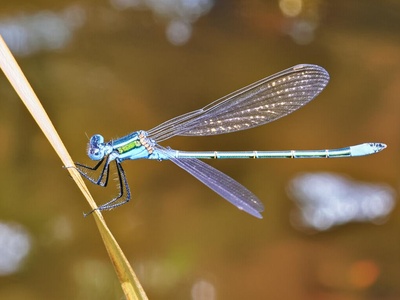
Bundi River Reedling
A delicate damselfly with a striking blue-pruinose thorax in males. This rare insect is a bioindicator of river health, relying entirely on the clean, fast-flowing streams of the Vumba highlands, a habitat under severe threat from deforestation.
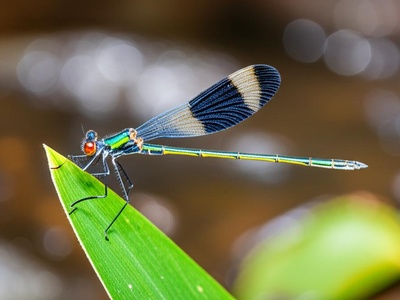
Vicki’s Featherleg
A beautiful black-and-yellow damselfly named for its distinctive, feather-like leg segments. It flutters delicately over shaded forest streams in Zimbabwe’s Eastern Highlands. Its survival is directly tied to the preservation of these fragile, high-altitude forest habitats.
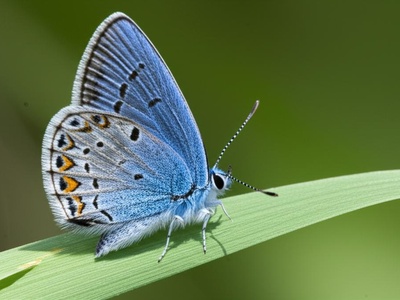
Handman’s Blue
A small, vibrant blue butterfly, this subspecies is a jewel of the Vumba Mountains. It is distinguished by subtle variations in its wing patterns from other populations. Finding this elusive butterfly requires a keen eye in its specific montane grassland home.
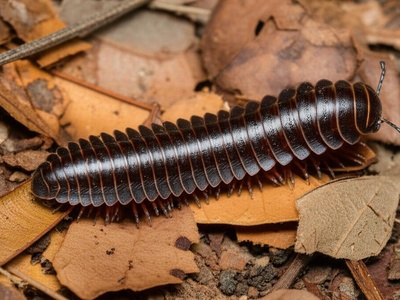
Zulu Flat-backed Millipede
A unique flat-backed millipede representing a monotypic genus—meaning it’s the only species in its group. Found in the forest floor leaf litter of the Eastern Highlands, its existence highlights the incredible, often overlooked, invertebrate biodiversity hidden within Zimbabwe’s mountains.
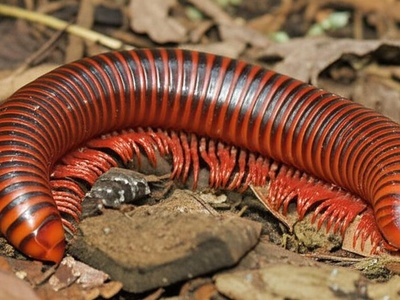
Colossal Finger-foot Millipede
A large and robust millipede, notable for its size within its genus. This decomposer plays a vital role in the nutrient cycle of the Nyanga montane forests. Its specific habitat requirements make it a sensitive indicator of forest health.
